Here’s Why Dollar Stores Are So Cheap
Dollar stores are a bargain hunter’s dream, but the real surprise is how they manage to turn a profit while selling everything at prices that seem too good to be true. There’s a strategy behind the savings, and it’s not all smoke and mirrors. If you’ve ever wondered how these stores keep their lights on while charging pocket change, the answers might surprise you.
Bulk Buying Keeps Costs Down
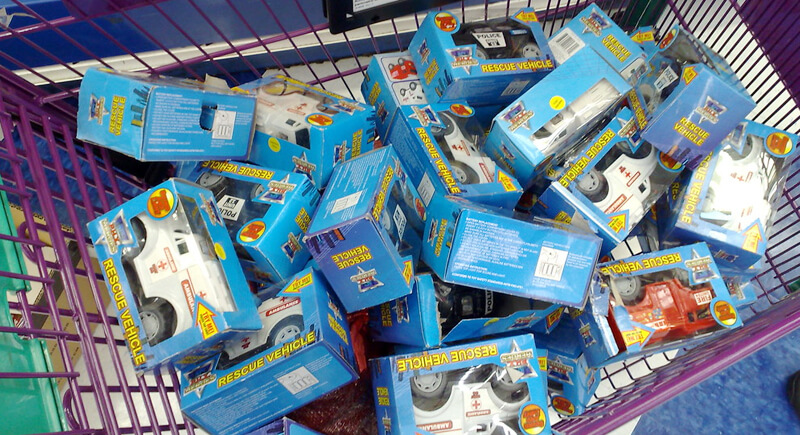
Credit: flickr
Buying in massive quantities isn’t something that only families do at Costco—dollar stores do it, too, but on a different scale. By scooping up millions of the same item from suppliers, they score deals that drop the price dramatically. Then, they spread that stock across stores nationwide after trimming per-unit costs so low that selling at $1 still earns them a profit.
Tiny Products, Big Profit Margins

Credit: Youtube
One clever way to make prices look better is by shrinking the product. You’ll often find smaller sizes of everyday goods at these stores, which keeps the price tag low without cutting the margins. It’s a common trick in the retail world. That bottle of shampoo might be half the usual size, but your wallet feels better about the purchase.
Liquidation Deals Fill the Shelves
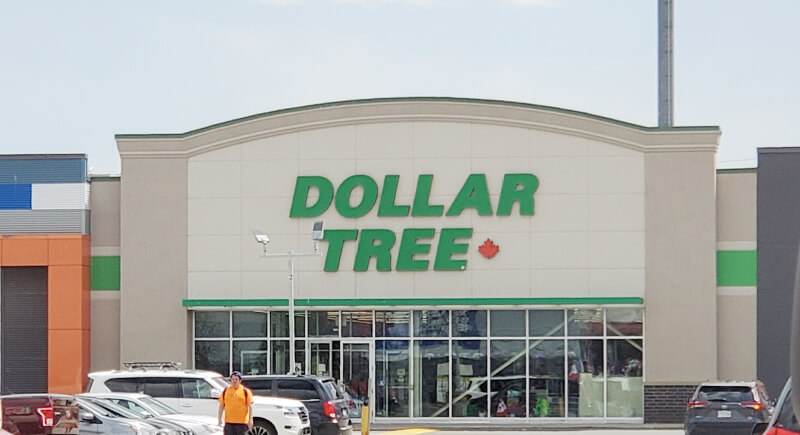
Credit: Wikimedia Commons
When other retailers close up shop or offload seasonal extras, dollar stores sweep in and snap up that inventory for cheap. This process, called liquidation, lets them grab fully functional products at pennies on the dollar. It doesn’t mean anything’s wrong with the items—they’re often overstocked or outdated. You might even find hidden gems that other stores gave up on.
Inventory Constantly Rotates Stock

Credit: Wikimedia Commons
Walk into a dollar store today, then again next week, and don’t be surprised if it feels different. That ever-changing inventory is part of the strategy. By constantly rotating stock based on availability and seasonal deals, these stores keep shoppers curious. New surprises mean more impulse buys, which is what they’re hoping for.
Pricing Strategy Is Laser-Focused
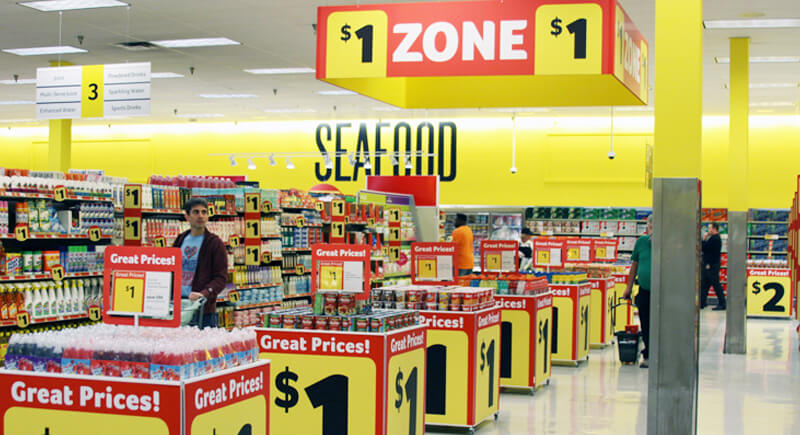
Credit: Wikimedia Commons
Every single price tag in a dollar store is part of a bigger plan. These retailers watch pennies like hawks and calculate the precise markup needed to cover costs while still looking like a steal. That’s why so many items hit that magic price point where you think, “Sure, why not?” Well, that reaction is what they want.
Some Items Cost Over $1
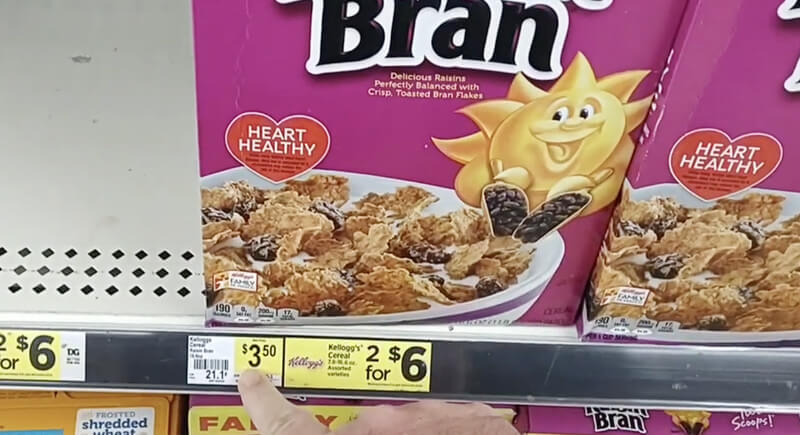
Credit: Youtube
Despite the name, not everything rings up at $1 anymore. Chains like Dollar General and Family Dollar often stock items priced at $3, $5, or even $7. It gives them wiggle room to offer slightly better products while keeping the budget-friendly vibe. It’s a price stretch that helps expand inventory without ditching their bargain-first image.
Lower Quality Sometimes
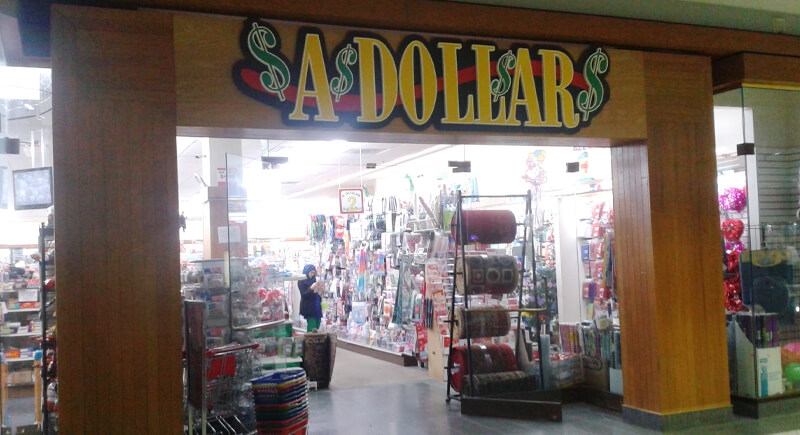
Credit: Wikimedia Commons
Low prices often mean low-grade materials or basic designs. Quality at Dollar Stores can vary wildly. That’s how stores cut costs—by sourcing cheaper manufacturing. Some items work fine; others, not so much. You need to know which ones to skip and which ones are worth grabbing.
Near-Expiry Food Is Common
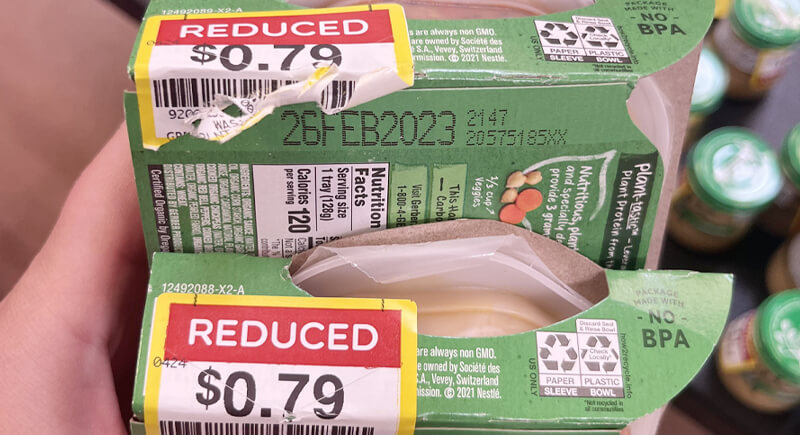
Credit: Reddit
Products nearing their expiration date are cheaper to buy wholesale. That includes snacks, canned goods, and pantry staples. These short-dated foods still meet safety standards, but they can’t sit on shelves for long. Stores scoop them up at steep discounts, then move them quickly while the clock ticks. It’s a fast game of supply and savings.
Shoppers Urged to Stock Up

Credit: pexels
It’s easy to walk in for one thing and leave with ten—that’s no accident. Store layouts, product pairings, and price points all push you to fill that basket. Shoppers tell themselves, “It’s only a dollar,” and suddenly, they’ve spent $25. That little psychology trick is a goldmine for stores banking on impulse-driven spending.
Appeals to All Income Levels

Credit: freepik
One thing that keeps prices so low is volume, and that means appealing to everyone. These stores cater to all walks of life. Affordable basics, rotating deals, and local convenience give them a broad reach. The more shoppers walk through the doors, the easier it is to keep pricing down across the board.
Savings Found Beyond Inventory
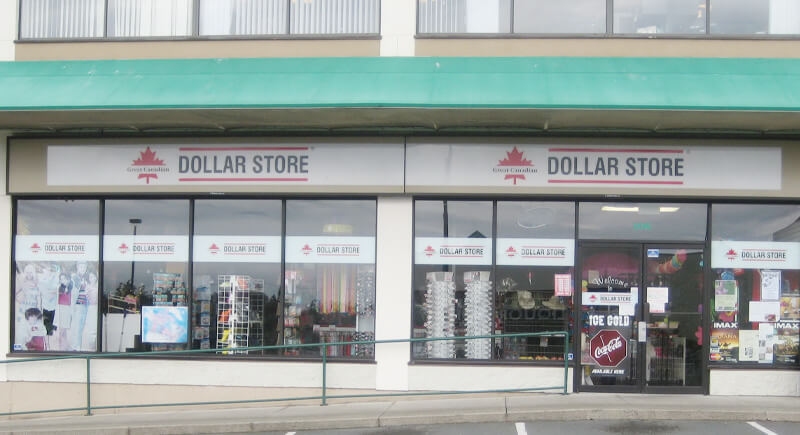
Credit: Wikimedia Commons
Skipping big ad campaigns and keeping branding minimal saves a ton. Dollar stores don’t waste money on flashy marketing or fancy shelves. Uniform layouts and self-service setups mean they can run with fewer employees, too. It’s all about trimming overhead wherever possible so those savings get passed down—well, mostly—to customers standing in the checkout line.
Generic Over Brand-Name Goods
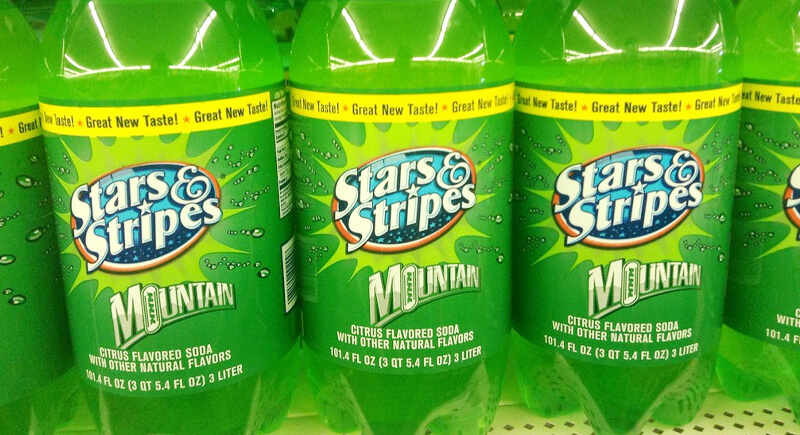
Credit: flickr
Famous labels come with higher price tags, even wholesale. That’s why many Dollar Stores stock private-label or off-brand versions of everyday items. These alternatives often look similar and serve the same purpose but cost less to source. While you might not recognize the logo, the product still gets the job done—and helps keep prices ultra-low.
Stores Operate with Minimal Staff
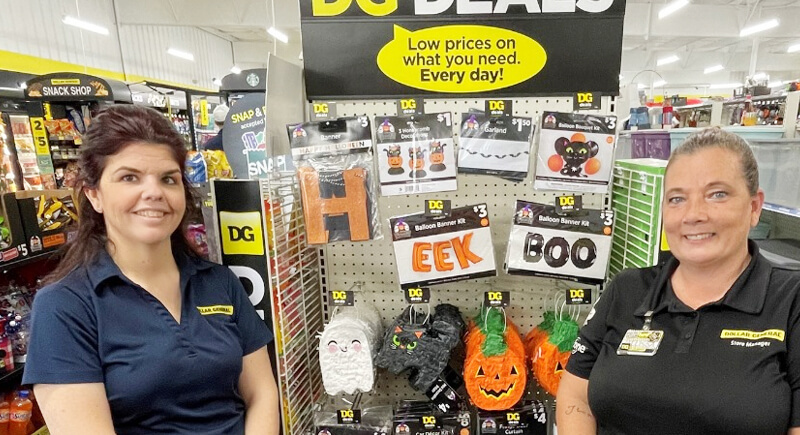
Credit: Facebook
Fewer employees per shift means lower payroll, and that’s a major cost saver. Since store layouts are simple and pricing is fixed, workers don’t need to spend time checking tags or rearranging displays. One person can often cover the register and restock shelves. It’s lean, efficient, and built to stretch every labor dollar as far as possible.
Locations Chosen for Low Rent
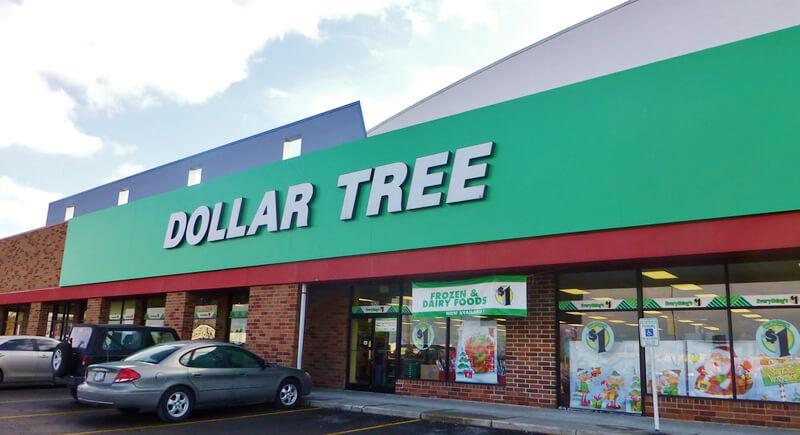
Credit: flickr
Real estate choices matter, and these stores know where to look. They often open in low-rent areas, older strip malls, or towns with limited retail competition. Cheaper leases mean lower operating expenses, and that allows them more breathing room to offer bargain pricing. A modest storefront helps keep the business model humming without pricey overhead.